Company: Yelp
CEO: Jeremy Stoppelman
Year founded: 2004
Headquarter: San Francisco, California, USA
Number of Employees (Dec 2018): 6030
Public or Private: Public
Ticker Symbol: YELP
Market Cap (March 2019): $2.93 Billion
Annual Revenue(Dec 2018): $ 942 Million
Profit |Net income (Dec 2018): $ 55 Million
Products & Services: Yelp Deal | Yelp Check-In Offers | Home Services | Beauty & Spa services | Food | Health and Medical | Local Flavor | Mass Media | Reservations & Waitlist | Food Delivery
Competitors: Google Reviews | Trusted Shops | Open Table | Stamped.io | Reevoo | TripAdvisor | Dianping | ANGI Homeservices | Facebook, Twitter, Newspaper, Radio, Yellow pages for advertisment |
Fun Fact:
As of Dec 31, 2018, Yelp has a total of 177.4 million reviews of local businesses.
Every small or startup company requires an opportunity that benefits it in the long term. They need to utilize any resources that they have in their arsenal to get more exposure and attract more customers to their businesses online. Yelp as a brand of its own was created to enable people to access more businesses online.
The trust factor has remained a critical component in this endeavor. Normally people tend to be suspicious about any online company that asserts itself as authentic. However, Yelp has been recognized as a verified and accountable entity in which people can place their trust and access good local businesses.
Through its platform, customers can order flowers, book salon appointment, buy event tickets, get food delivered along with reliable customer service. For businesses everywhere, Yelp has become a vital element in their marketing strategy.
Business Model Canvas of Yelp
1. Customers of Yelp
Yelp has three customer segments local businesses, Users and content contributors
- Local Businesses – Local businesses are segmented based on
- Location (City or suburb)
- Type of service (home or auto services, dentist, spa, bar)
- Restaurant Cuisine (Italian, Mexican, Thai)
- Price point (inexpensive or highly expensive)
- Hours of operations
- Food Delivery or takeout
- Reservation
- Users – The users are targeted owing to their:
- demographics
- location
- interests
- spending profile
- Content contributors (Active reviewers) – it’s a vibrant community of active reviewers that are engaged in fun social exchanges.
2. Value Proposition of Yelp
- local Businesses – When it comes to small and local businesses, Yelp is a trusted platform that provides:
- exposure and visibility to local businesses
- Opportunity to engage with a large audience (Increase traffic)
- Reviews to promote businesses
- Targeted advertisements
- Opportunity to increase their revenue
- Reservation and waitlist management
- Local business data
- Analytical tools to monitor traffic
- Food delivery services
- Yelp Wifi
- Gift certificate
- Loyalty program and more
- Users – Yelp users, on the other hand, are given the opportunity to:
- browse local businesses in an engaging and informative manner
- discover new places
- save time and money
- see pictures and videos
- read reviews and make better choices
- compare prices
- get food delivered
- make reservations and more
- Content Contributors (active reviewers) – Yelp invests heavily in its engaging and fun content that makes it convenient for its users and businesses to interact with each other. The following are the value proposition for the content contributor:
-
- Engage in fun social interaction
- Support the community and local businesses
- Gain recognition – Yelp Elite
- Get invited to special events and more
3. Customer Relationships of Yelp
- Self Service Platform – Yelp has provided a self-service platform i.e., website, mobile App, which makes it possible for its users to serve themselves anytime easily and effectively.
- Transparent – Yelp gears to be as transparent as possible, when it comes to its reviews, ratings, tips, and photos, ensuring that it is always easily accessible to its customers online.
- Transactions – yelp allows the user to place food orders directly without leaving the Yelp platform.
- Brand Reputation – Yelp has made considerable efforts in managing their brand Image and building up the trust within the community to retain its customers.
- Engagement – Yelp allows businesses to interact with their customers in a friendly and approachable manner with features like Request A Quote, a direct response to reviews, Yelp reservation, etc.
- Dedicated Sales – Their sales force directly engages with local business for advertisement, marketing, and weekly email campaigns.
- Engaged Community – Yelp has been successful in establishing a flourishing community of users, content contributors and local business that interact with each other through reviews, images, ratings, etc.
- Communication – Yelp’s communication lines allow it to access more potential customers every day thereby expanding its base.
4. Key Partners of Yelp
- Content Contributors (Active reviewers) – Some of Yelp’s key partners include their Content Creators who build on the platform.
- Partnerships –
- Its partnerships with complimentary local service platforms such as GrubHub help its customers with a more extensive selection of restaurants and delivery options.
- Partnership with DexYp helps to sell advertisements and bundle products.
- Yelp’s partnership with companies such as Sprinklr, Chatmeter, and InMoment provides local business owners with historical data and analytical knowledge.
- Extended Partners – Extended partners involve lobbyists, government agencies, content licensing, electronic payment transaction company such as Visa, web hosting company such as GoDaddy and search engine provider Google.
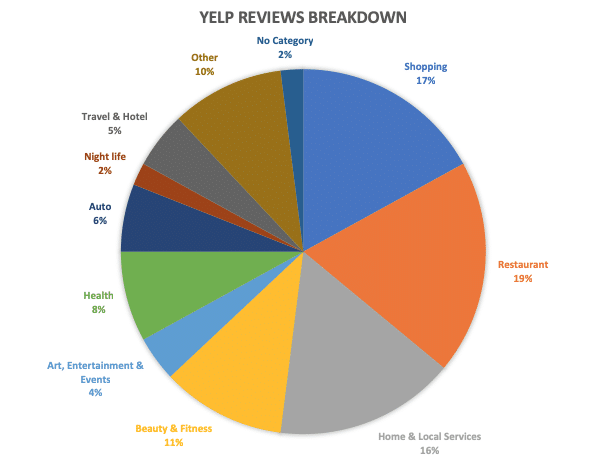
5. Key Activities of Yelp
- Network Effects – Yelp’s primary activity has been with regards to their management of network effects.
- Customer Experience – It has also invested much of its efforts in improving its customer experience to generate more traffic.
- Ad Selling – Yelp has made it its primary goal to sell as many ads as it can along with the products it sponsors to increase its revenue. Yelp has a huge sales force (3850 out of total employees of 6030, Dec 31, 2018) that is dedicated to selling advertisements to local businesses.
- Platform Growth – It intends to grow its platform through new business partnerships, customer acquisitions, and newer products.
- Grow local communities of content contributors and businesses
- Raise brand awareness by hosting fun and engaging events such as outing and parties
- Manage day to day operation, which includes
- Deploy new features
- Hire and retain talented people
- Secure strategic partners
6. Key Resources of Yelp
- Employees – Yelp has been praised for its acquisition of skilled employees that have provided it with engaging features, new product development, integration with partner portal and improve upon its platform technology.
- High-Quality Content – Some of Yelp’s more proficient resources are in its high quality and authentic content which allows it to attract more customers.
- Brand Reputation– Its brand alone has been its primary source of revenue allowing it to pursue new business partnerships along the way.
- Engaged Communities – Its vibrant communities of contributors have given it leverage over its competitors.
- Partnerships – Yelp has collaborated and formed multiple partnerships with many business entities like that of Yahoo to enhance its marketing capabilities.
7. Channels of Yelp
- The Self – Serve website or app has been the main channel for Yelp.
- Self-Serve Ads channel– help partner agency to sell and manage ads for small business clients
- Its webpages for the business owner and developers
- Social media pages such as Facebook pages have also enabled it to seek new customers.
- Other channeling efforts have been made through its emails, newsletters, etc.
8. Cost Structure of Yelp
- Cost of Revenue (6%) – its cost of revenue makes up about 6% of its revenue which includes:
- credit card processing fees
- web hosting fees,
- video production cost for advertising customers
- employee cost and more
- Sales and Marketing (51%) – Its sales and marketing make up about 51% of its net revenue which includes:
- Commission for sales
- Customer acquisition cost
- Branding and advertisement cost
- community management cost and more
- Product Development (23%) – Its product development makes up 23% of the net revenue which includes:
- Salaries for engineers and IT personnel
- Consulting cost
- stock-based compensation
- General and Administrative (13%) – General and administration make up 13% which is mostly associated with:
- Employee salaries
- Stock-based compensation
- overhead cost
- legal and accounting fees
- office maintenance cost
- Depreciation (5%) – Finally, depreciation makes up 5% of its cost structure, which includes depreciation on:
- Computer equipment
- Software development cost
- Leasehold improvement
9. Revenue Stream of Yelp
The Yelp Revenue Model is comprised of its products from which it made $907 million from ads, $13.6 million from transactions and $21.5 million from other services, as per Yelp’s annual report 2018.
Let’s look at how does Yelp make money in more detail:
How Does Yelp Make Money?
Yelp makes most of its money through its service programs both self-service and full. Its other money-making strategy is invested in its advertisement and profile enhancement services that benefit businesses greatly.
This category into the following topic:
1. Advertisement
Yelp provides businesses with both paid and free advertising products. It also utilizes its website and mobile app to deliver targeted search advertising to a broader audience.
In 2018, 97% of its revenue was generated because of its dependence on its advertisement. All the advertising products sold by their partners and business listings are recognized as Yelp’s advertising revenue.
a. Branded Profile
Businesses purchase a branded profile program to ensures that they are provided with premium features that would enhance their business listings. These features are more applicable to these businesses in the case of choosing their preferred videos and images best suited to portray their slideshow feature or simply updating their listing information.
Through these features, businesses can promote transactions of their choice. They can do so with Yelp’s call to Action feature on their business listing pages. This feature transfers the customer to business websites from the Yelp’s business listing page. Moreover, a business can avail their account support via email or phone.
b. Enhanced Profile
The purpose of this product is to prevent other business ads from appearing on the business listing pages of enhanced profile business customers.
c. Yelp Verified License
It’s a paid upgrade license that appears as a badge on Yelp’s business listing page. It is meant for only licensed advertisers specifically for their local or home services category.
The primary purpose of this license is to confirm Yelp’s trade license verification. This also allows businesses to become more distinguishable in terms of this licensing and attract more customers to their platform.
d. Search and other Ads
Businesses can utilize Yelp’s platform to promote their businesses as a sponsored search result. They can do this on the listing pages of related business. These ads are sold on the Cost per click basis.
e. Ad Resales
Yelp can also resell some of its advertising products to generate more revenue. This is done through their partnership with certain agencies like DexYP.
Yelp launched its Yelp Ads Certified Partners Program in 2018 to allow its collaborative agencies to manage and sell ad campaigns at the behalf of their business clients.
2. Transaction revenue
Yelp has devised different tools and features to ensure that the transactions between their consumers and businesses are facilitated appropriately. In 2018, transaction revenue was about 1 % of Yelp’s total revenue.
a. Yelp Platform
Through partner integrations, the Yelp platform enables its consumers to proceed with their transactions on the Yelp website or app. Consumers can order any products they want ranging from show tickets to flowers.
b. Eat24 and the Grubhub Partnership
Yelp generated substantial revenue from their Yelp Eat24 business. They did this by placing their orders through Yelp Eat24 in which restaurants, owing to their arrangements with respective businesses, are paid a commission percentage fee. Yelp eventually sold Eat24 to Grubhub on October 10, 2017.
Since then it has retained its integration on Yelp’s platform while GrubHub underwent its own integration in Yelp’s platform in mid-2018. It is expected that this partnership will allow its consumers to select from a wide range of restaurants with more convenient delivery options.
c. Yelp Deals
This is a product that has created sizeable revenue for Yelp especially when it allows business owners to promote its products and services through discounted deals on the platform.
Each deal that is sold provides Yelp with additional fees. The revenue share of any deal is then paid to the businesses.
d. Gift Certificates
Business owners can now sell gift certificates at full price to consumers with the usage of Yelp’s Gift Certificates products. The choice of choosing the price point is entirely upon the business ranging from $10 to $500.
The consumer can then purchase the gift certificated offered in such amounts. Yelp earns its fees based on these sold amounts. All these payments are processed by Yelp and paid to the businesses.
3. Other Services
Yelp garners much of its revenue from its subscription services as well. The same goes for its non-transaction and non-advertising arrangements. In 2018, other services revenue was about 2 % of Yelp’s total revenue.
a. Yelp Reservations
Yelp assists different varieties of venues, restaurants, and nightlife to use their Yelp business listings to offer online reservations to their customers. Yelp provides this product as a monthly subscription service.
b. Yelp Waitlist
The Yelp Waitlist operates as a waitlist management solution that is subscription based. Its main function is to enable consumers to join waitlists and check wait times.
Businesses are also enabled on their part to manage their seating efficiently. It is available on both in-store kiosks and Yelp’s business listing pages.
c. Yelp Wi-Fi Marketing
This product gives businesses the ability to make Wifi more accessible to their customers. It also enables these businesses to collect relevant information about their customers ranging from direct contact to social media.
Businesses are also provided with a leeway to advertise their products on the Wifi login page. This product is offered by Yelp as a monthly subscription service.
d. Yelp Knowledge
Yelp Knowledge program provides business owners with the opportunity to gain insight access to yelp’s content and historical data. For their access to the Yelp Knowledge content, Yelp is charged program fees by their Yelp Program Partners.
e. Other Partnerships
Some of Yelp’s more prominent non-advertising partner arrangements involve permitting data providers especially third-party ones to update and manage their business listing information. It also involves content licensing.
Conclusion
In terms of maintaining business dealing and fostering new corporate partnerships, Yelp has indeed come a long way. Its future as a multinational company looks promising and with enough investment can become a global brand with full access to regions such as Asia and Africa.
Although it has been met with its own fair share of controversies from review manipulation to complicated relations with small businesses, it has managed to overcome them with its impeccable public relations operations and will continue to make progress over time.
Tell us what you think? Did you find this article interesting?
Share your thoughts and experiences in the comments section below.


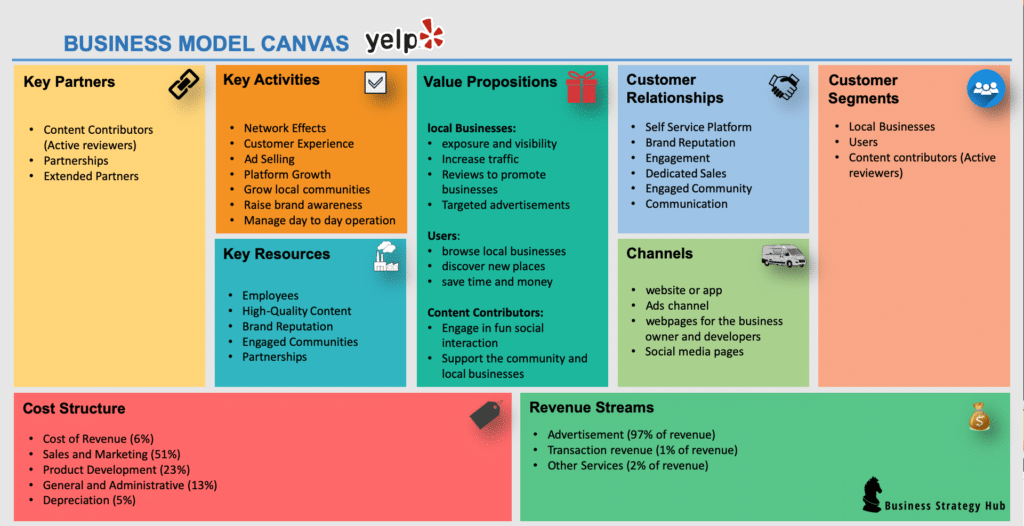

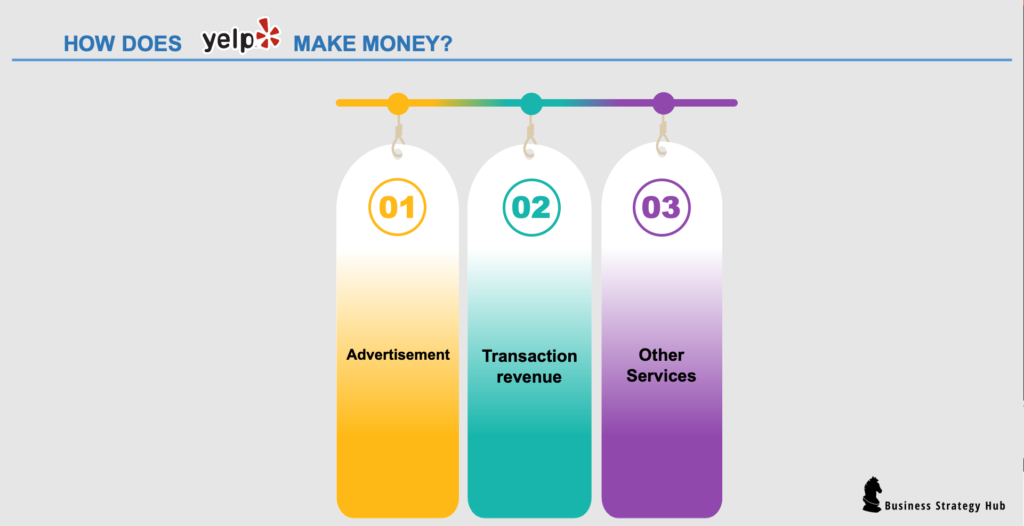



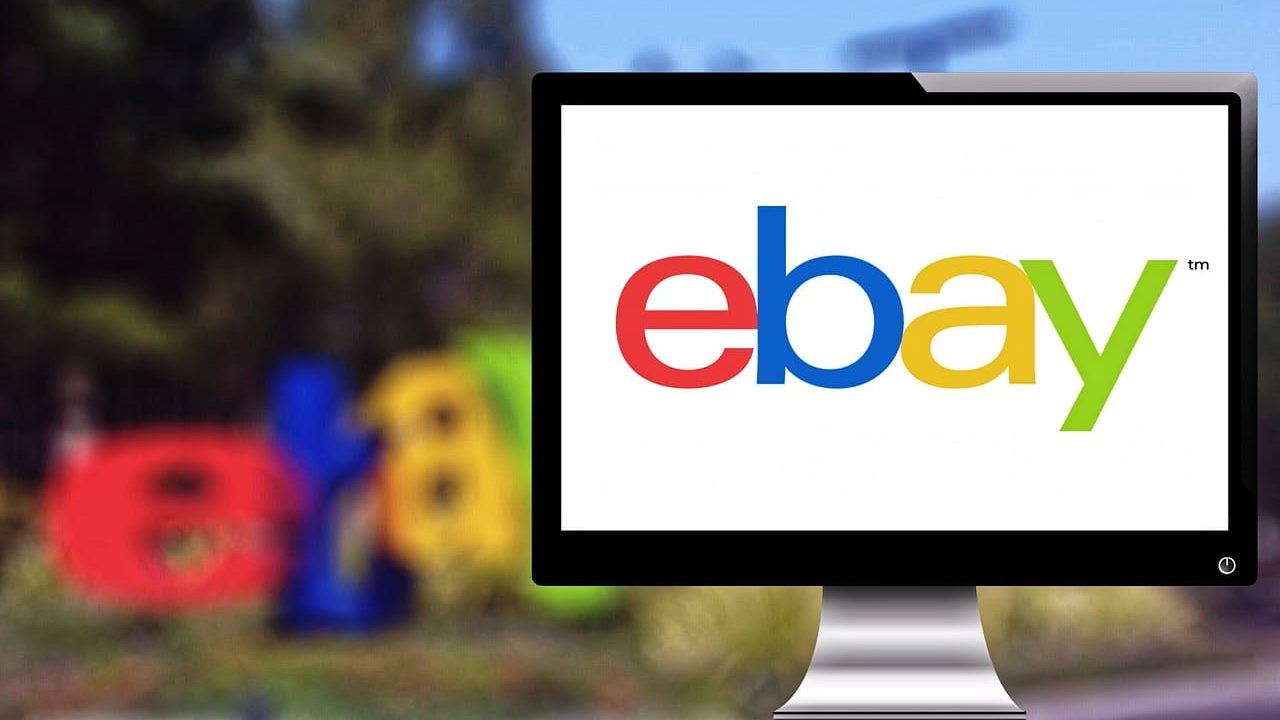
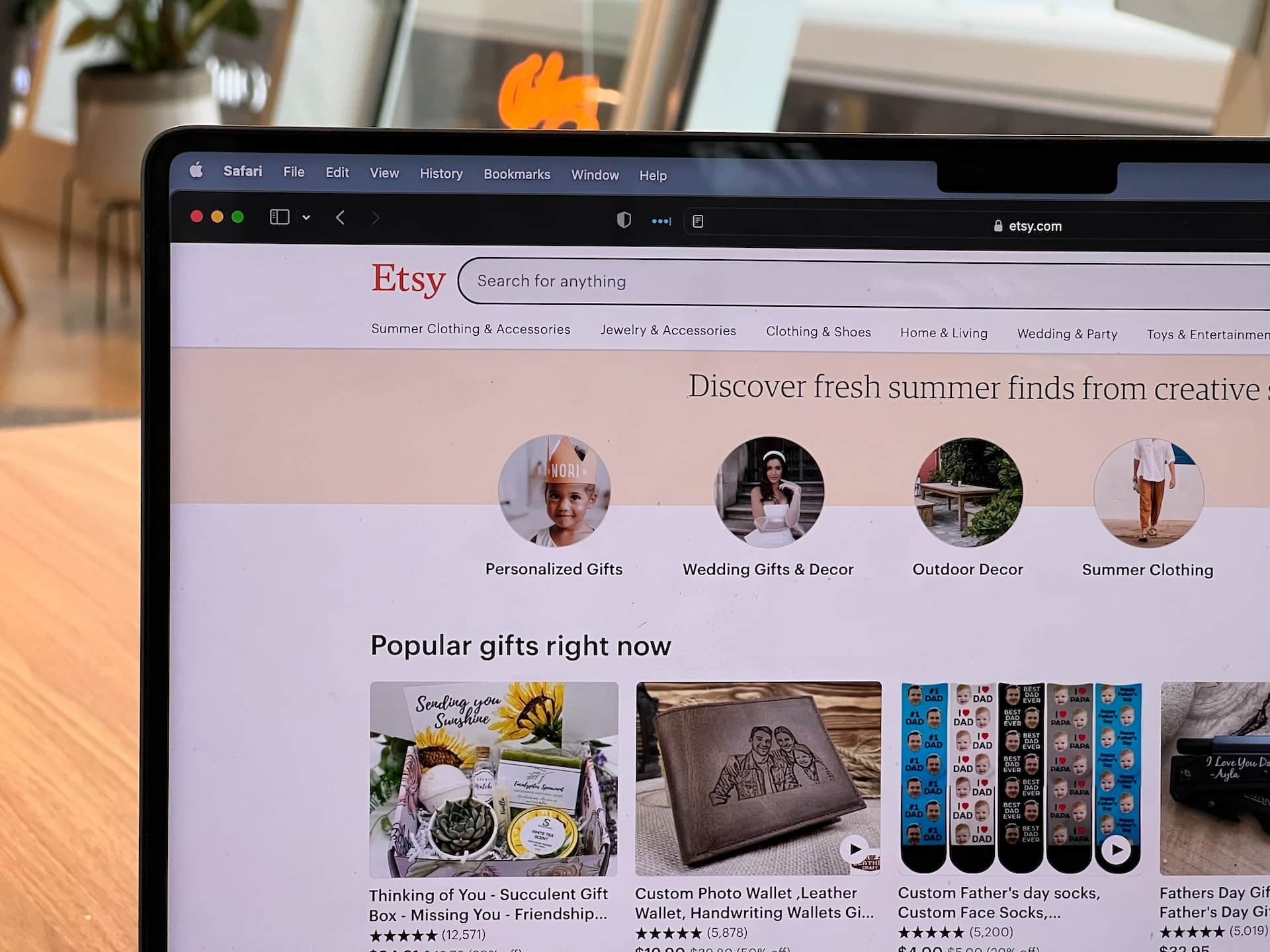





Yes, very interesting and easy to read.
Wairimu,
Glad you liked the article. Thank you for your words of appreciation.
Happy reading!
Very useful information.